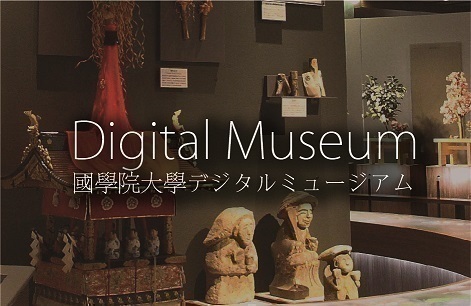- トップ
- Encyclopedia of Shinto
- Miko and their Dance (Urayasu no mai)
Encyclopedia of Shinto
| Main Menu: | |
| Links: |
詳細表示 (Complete Article)
| カテゴリー1: | 1. General Introduction |
|---|---|
| カテゴリー2: | Special Topics |
| カテゴリー1: | Special Topics |
| カテゴリー2: | Special Topics |
| Title | Miko and their Dance (Urayasu no mai) |
| Text | In almost all Shinto festivals and ceremonies, there is usually the opportunity to see four women (known as miko) dressed in white kimono, red pantaloons (hakama) and a special cassock (chihaya) with chrysanthemums adorning their hair, performing a dance known as the "Urayasu no mai." Because miko range from adult, full-fledged employees (as at large temples) to young children volunteers (as at smaller shrines) the prowess of their performance varies, but they are all performing the same "urayasu no mai." The ritual implement in the miko's hand, known as torimono, is a bell in the shape of the "three divine regalia" (sanshu no jingi). The "Urayasu no mai" was officially established in August of 1940 in commemoration of the 2600th anniversary of the foundation of the imperial house, and three months later at ten a.m. on November 10th (a sacred day in Shinto), was performed at shrines throughout the entire empire of Japan (then including Taiwan and the Korean peninsula) in celebration of the emperor. This crash-course system whereby the dance was instantaneously spread to shrines in every corner of empire was put into place, and the dancers who were to be the centerpiece of the celebration, were selected from among the daughters of Shinto priests (shinshoku) and of shrine parishioners (ujiko). In the Meiji rules and regulations concerning shrine rites, there nothing regarding miko, though men had been in charge of even traditional sacred art forms, on that November day in 1940, females took center stage in shrine rites for the first time as Urayasu dancers. In the sixty-some years since, miko and the daughters of shrine parishioners have carried on the traditional sacred arts. |




